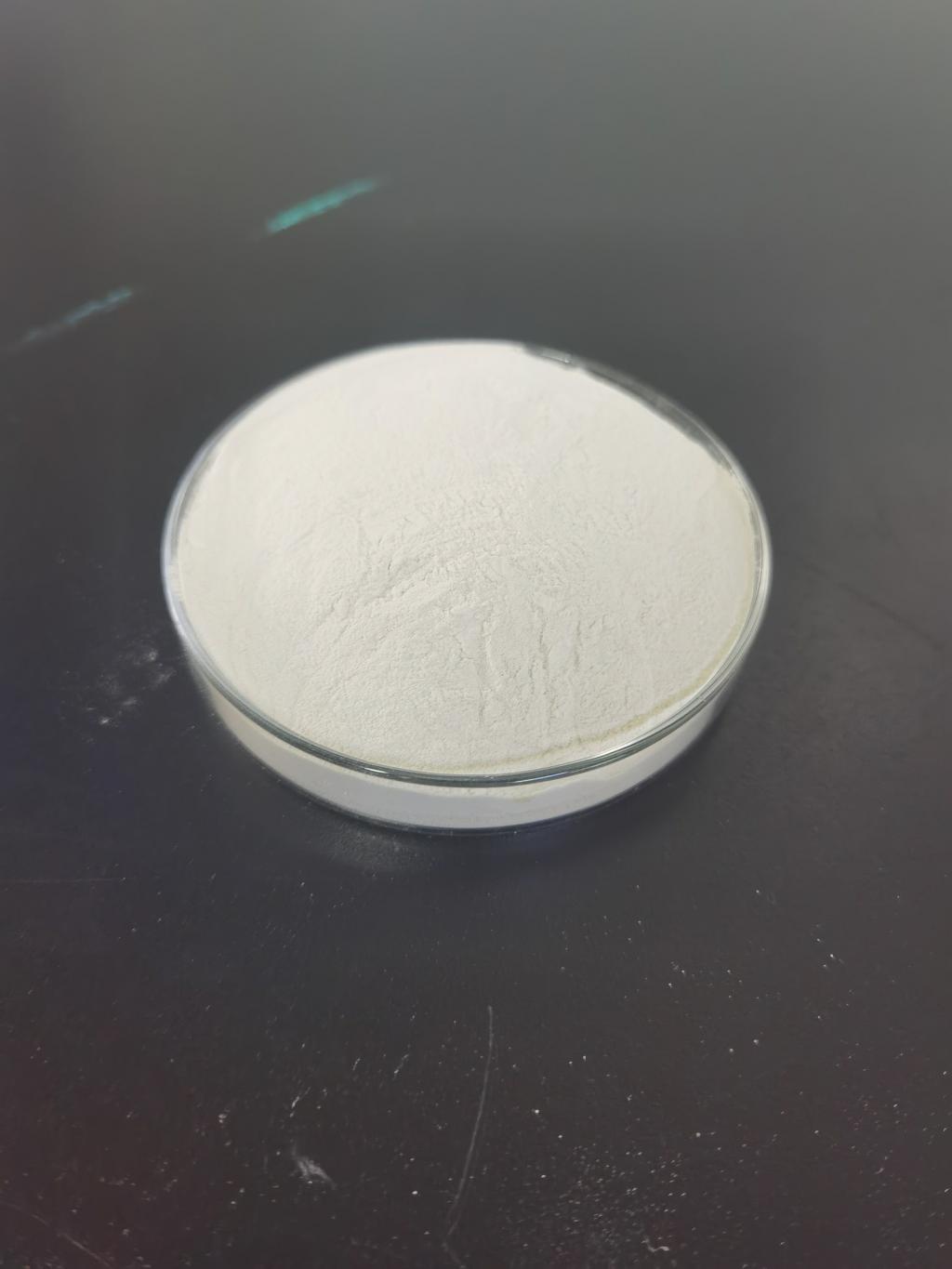Tel:0086 18231198596

News
Nisin promotes sustainable agriculture by reducing chemical usage.
TIME:2024-03-21
Understanding Nisin:
Nisin is a naturally occurring antimicrobial peptide that has been used for decades in the food industry as a preservative to inhibit the growth of bacteria, particularly those responsible for food spoilage and foodborne illnesses. It is produced by certain strains of lactic acid bacteria, primarily Lactococcus lactis, through a fermentation process.
The antimicrobial activity of nisin is attributed to its ability to disrupt bacterial cell membranes, leading to cell death. Unlike traditional chemical pesticides, which often target specific biochemical pathways, nisin acts through a physical mechanism, making it less likely for bacteria to develop resistance.
Role of Nisin in Sustainable Agriculture:
One of the key ways in which nisin promotes sustainable agriculture is by reducing the reliance on chemical pesticides and preservatives. Chemical pesticides, while effective at controlling pests and pathogens, can have detrimental effects on the environment, including soil degradation, water pollution, and harm to non-target organisms. By replacing or supplementing chemical pesticides with nisin-based products, farmers can mitigate these negative impacts and move towards more environmentally friendly agricultural practices.
Moreover, nisin offers several advantages over chemical pesticides. It has a favorable safety profile, being non-toxic to humans and other mammals at the concentrations used in agricultural applications. Additionally, its broad-spectrum antimicrobial activity means that it can target a wide range of bacteria, fungi, and other pathogens, offering versatile protection for crops.
Mechanisms of Action:
Nisin exerts its antimicrobial effects primarily by disrupting the integrity of bacterial cell membranes. It binds to lipid II, a precursor molecule involved in cell wall synthesis, and forms pores in the membrane, leading to leakage of cellular contents and ultimately cell death. This mechanism of action is distinct from that of traditional chemical pesticides, which often target specific biochemical pathways or receptors within the cell.
Furthermore, nisin has been shown to exhibit synergistic effects when used in combination with other antimicrobial agents, including antibiotics. This synergy can enhance the efficacy of both nisin and the companion antimicrobial, allowing for lower concentrations of each to be used, thereby reducing the risk of resistance development.
Benefits of Nisin in Agriculture:
The adoption of nisin in agriculture offers several potential benefits:
Reduced chemical usage: By replacing chemical pesticides and preservatives with nisin-based products, farmers can minimize their environmental footprint and reduce the risk of pesticide residues in food products.
Preservation of beneficial microorganisms: Unlike broad-spectrum chemical pesticides, which can indiscriminately kill both harmful and beneficial microorganisms, nisin specifically targets pathogenic bacteria while sparing beneficial microbes. This preservation of microbial diversity is essential for maintaining soil health and ecosystem balance.
Reduced risk of resistance: The physical mechanism of action of nisin makes it less prone to resistance development compared to chemical pesticides, which often target specific biochemical pathways that bacteria can evolve to circumvent.
Improved food safety: Nisin can help prevent the growth of foodborne pathogens both pre-harvest, by protecting crops from contamination in the field, and post-harvest, by inhibiting microbial growth during storage and transportation.
Challenges and Considerations:
Despite its potential benefits, the widespread adoption of nisin in agriculture faces several challenges:
Regulatory hurdles: The approval process for new agricultural products, including nisin-based pesticides and preservatives, can be lengthy and costly, requiring extensive safety and efficacy testing.
Cost-effectiveness: Nisin production can be more expensive than chemical synthesis, particularly at large scales. Additionally, the development of nisin-based formulations and delivery systems may require additional research and investment.
Consumer acceptance: There may be consumer resistance to the use of antimicrobial agents, even natural ones like nisin, in agriculture. Educating consumers about the safety and benefits of nisin-based products will be crucial for market acceptance.
Conclusion:
Nisin holds great promise as a sustainable solution for agriculture by reducing chemical usage and promoting environmentally friendly farming practices. Its broad-spectrum antimicrobial activity, safety profile, and mechanism of action make it a valuable tool for controlling pests and pathogens while minimizing the negative impacts of conventional chemical pesticides. However, realizing the full potential of nisin in agriculture will require continued research, investment, and regulatory support to overcome challenges and ensure its widespread adoption. By harnessing the power of natural antimicrobial agents like nisin, we can move towards a more sustainable and resilient food system for future generations.

 CONTACT
CONTACT




